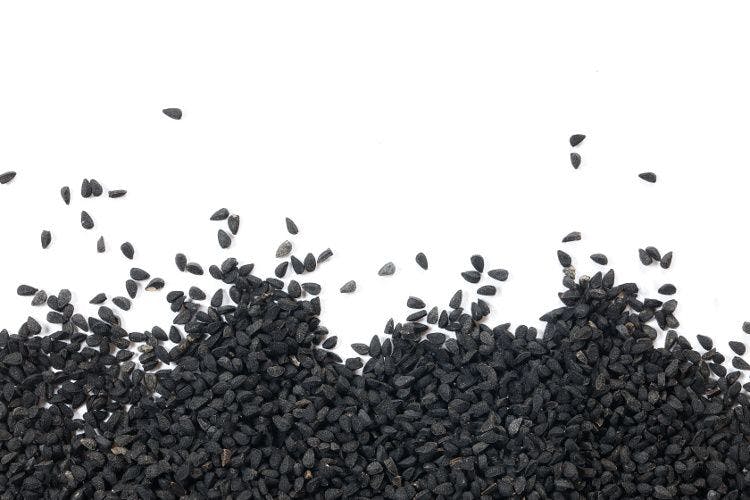6 Botanical ingredients at risk of adulteration
A botanical education group weighs in on some of the dietary supplement industry’s notable adulteration concerns.
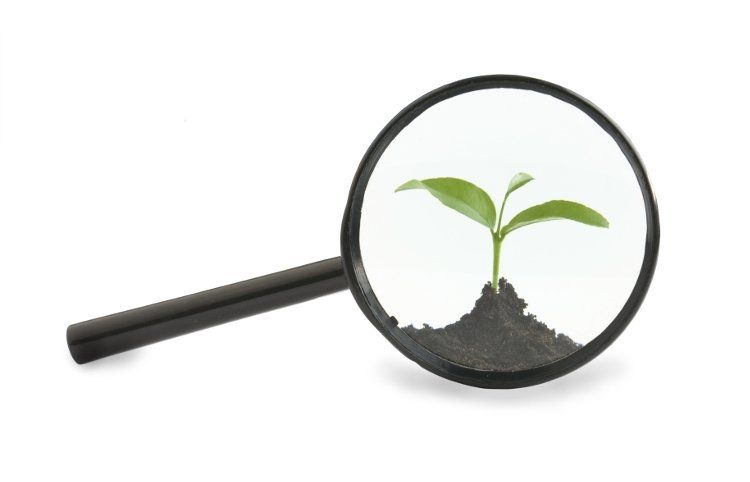
Ingredient adulteration is never a fun topic to address. It is, however, a real threat to the dietary supplement industry and the reputable actors within it. Analytical testing methods for verifying ingredient purity are continuously refined, and there is an ongoing effort to make these services more affordable for raw material suppliers and product manufacturers. The reality, though, is that there will always be parties looking to gain an unfair advantage and elude common testing methods. Misrepresenting products with cheap alternative ingredients is a threat to industry integrity and can even cause harm to the public.
The Botanical Adulterants Prevention Program (BAPP) was created to educate responsible parties about adulteration risks in the botanical marketplace as well as best practices for avoiding adulterated products and properly validating pure products. BAPP is composed of scientific and industry experts from the American Botanical Council (Austin, TX), the American Herbal Pharmacopoeia (Scotts Valley, CA), and the University of Mississippi’s National Center for Natural Products Research. We caught up with BAPP to learn about some of today’s most at-risk ingredients and what companies can do to avoid adulterated product.
Photo © Shutterstock.com/urfin

Saw Palmetto
Saw palmetto (Serenoa repens) extract is popular in men’s health dietary supplements. Studies suggest that this ingredient may support prostate and urinary health. Though saw palmetto has its own distinct chemical profile, it shares some chemical similarities with cheaper plant oils, such as palm, canola, and coconut. This scientific discovery has led unscrupulous players to sell saw palmetto extracts that are diluted with these cheaper oils if not outright replaced entirely.
The experts at BAPP note that while saw palmetto adulteration can occur in any global market, the U.S. market is at reduced risk because saw palmetto’s farming origin is in the southeastern United States. Asian markets are at a heightened risk of receiving adulterated saw palmetto, since they are further away from the true saw palmetto source.
Photo © iStockphoto.com/LightScribe

Grape Seed Extract
Grape seed extract is highly regarded as a powerful antioxidant. This byproduct of the wine industry contains large amounts of polyphenolic compounds that can protect human cells from damage caused by free radicals. One class of polyphenols is proanthocyanidins (PACs). PACs are found in grape seed extract, but they are also found in cheaper ingredients such as peanut skins. Adulteration of grape seed extract with peanut skin represents a quality and safety concern, since peanut skins may provide the same allergenic risk to humans as peanuts themselves.
While laboratory analysis methods can identify PAC content within a sample, raw material testing methods are often not sophisticated enough to distinguish one PAC source from another. Short of investing in more precise tools, grape seed extract thus remains an issue in the industry. Manufacturers and marketers of grape seed products are encouraged to inquire with their suppliers and institutions like BAPP about which methods are most reliable for verifying grape seed extract..
Because cranberry extracts are also standardized for PAC content, the same risk applies here.
Photo © iStockphoto.com/ecobo
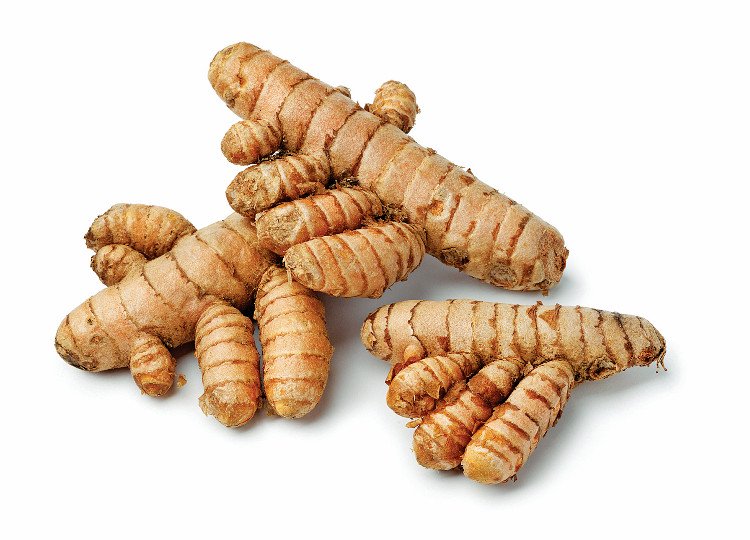
Turmeric
Turmeric (Curcuma longa) is one of today’s most popular dietary supplement ingredients. This rhizome is often identified by its vibrant yellow color, but looks can be deceiving. Synthetic yellow dyes can create the appearance of turmeric in raw materials or products where turmeric content is low or totally absent. In cases of turmeric adulteration with yellow dyes, lead chromate is often the adulterant of choice, and that creates a serious human safety risk. Numerous scientific studies have found adulterated turmeric as a potential source for lead contamination.
Turmeric may also subject to adulteration in a taxonomical way. While the Curcuma longa species is the most studied of turmeric, some suppliers and brokers have reportedly sold off other Curcuma species as turmeric.
Turmeric is also at risk of adulteration with cheaper, synthetically produced petroleum-derived ingredients passed off as natural curcumin. More turmeric suppliers are employing the use of carbon-14 testing to validate that ingredients are naturally derived. (Read more about the problems posed by synthetic curcumin here.)
The adulteration risks with turmeric in dietary supplements may extend to turmeric spice and curry powder. Fortunately, reliable methods for detecting turmeric adulteration are available and actively used.
Photo © iStockphoto.com/PicturePartners
Editor's Note: This story was updated on 10/1/19 at 3:00 PM PST with added mention of the dangers posed by synthetic curcumin ingredients.
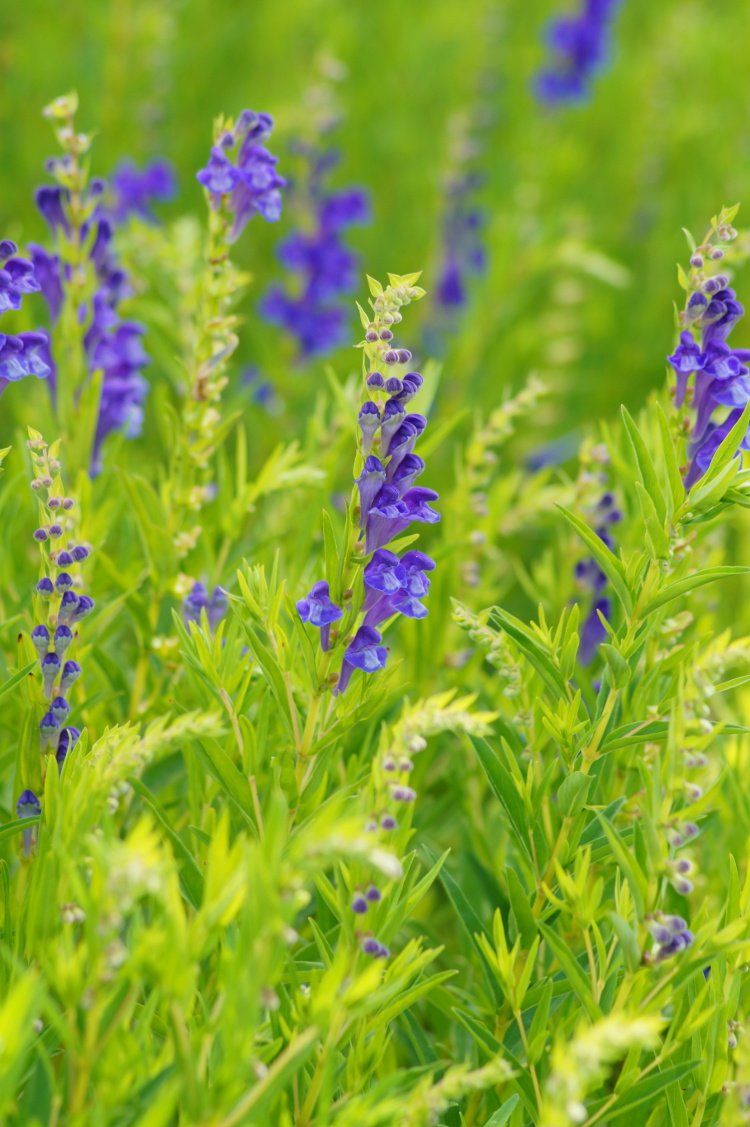
Blue Skullcap
Sales of skullcap (Scutellaria lateriflora) are small compared to those of the aforementioned ingredients, but there remains a market for wild-harvested and cultivated skullcap. Adulteration issues should be taken seriously, no matter the scale of impact.
With skullcap, adulteration can be accidental or intentional. Because of similarities in appearance between skullcap and germander (Teucrium spp.), which are both in the mint family, skullcap may be misidentified in the wild or deliberately misrepresented in the marketplace. What’s most concerning is that consumption of germander can have toxic effects on the human liver.
In a detailed report on skullcap adulteration, BAPP notes that commercially available analytical tools can easily detect skullcap adulteration with germander. The primary adulteration issue with skullcap can thus be avoided by responsible parties.
Photo © Shutterstock.com/Mariola Anna S
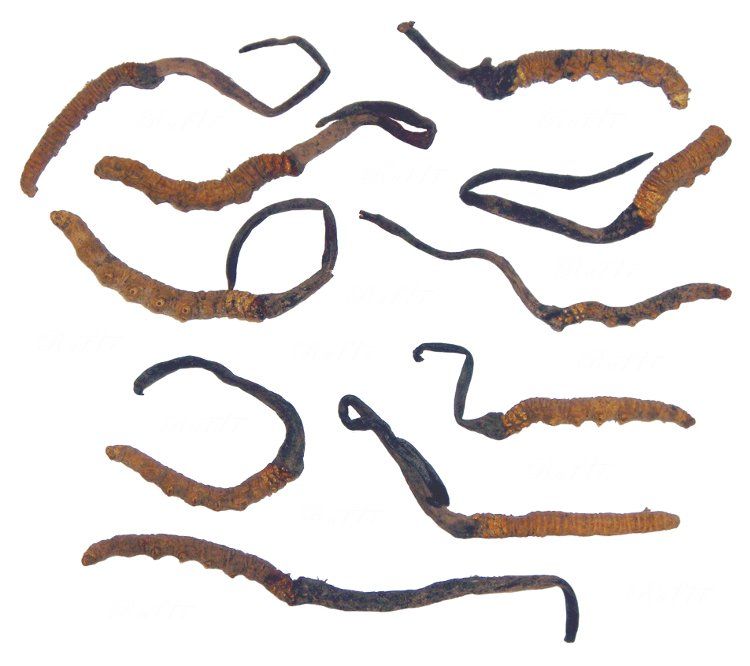
Cordyceps
Cordyceps fungus (Ophiocordyceps sinensis, syn. Cordyceps sinensis) has been extensively and globally studied for potential uses relating to sexual health, cardiovascular health, respiratory health, and antimicrobial activity, among others. Unfortunately, the ingredient is often replaced with other fungi ingredients in the marketplace, namely other Cordyceps species.
Because the market for cordyceps is significant in volume and cordyceps is expensive, there are ongoing efforts to improve the efficacy and lower the cost of scientific methods for analyzing and verifying true cordyceps. Recent studies suggest there are also unique levels of safe-to-consume organic arsenic in true cordyceps. These findings appear to warrant an additional course for laboratory identification of cordyceps in the supply chain.
Photo by William Rafti/Wikimedia Commons/CC-BY-SA-3.0
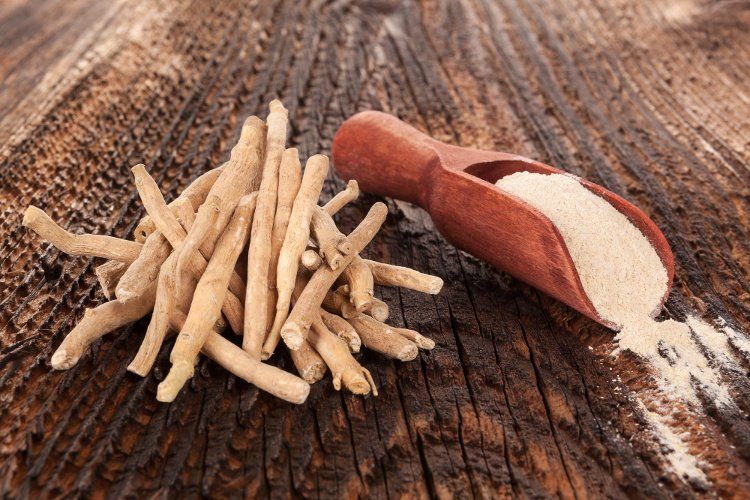
Ashwagandha
Ashwagandha (Withania somnifera) is well represented in the botanical marketplace. The Ayurvedic ingredient is marketed for applications such as inflammation management, energy support, and sexual stamina. While lots of available research on ashwagandha is based on plants root and root extracts, there is still a contingent of the industry that supports using ashwagandha for its aerial parts, including leaves and stems. All of these parts of the plant contain withanolides, which are active compounds used for gauging ashwagandha purity. The precise amounts and types of withanolides in each material, however, can differ.
Both aerial and underground parts of ashwagandha are allowed in the marketplace, but many interested parties believe it is best practice for suppliers and marketers to specify the ashwagandha materials used in their ashwagandha raw material and finished products. On the other hand, declaring an ashwagandha product as being derived from root if it’s in fact derived from leaf would constitute intentional misrepresentation.
Photo © AdobeStock.com/Eskymaks
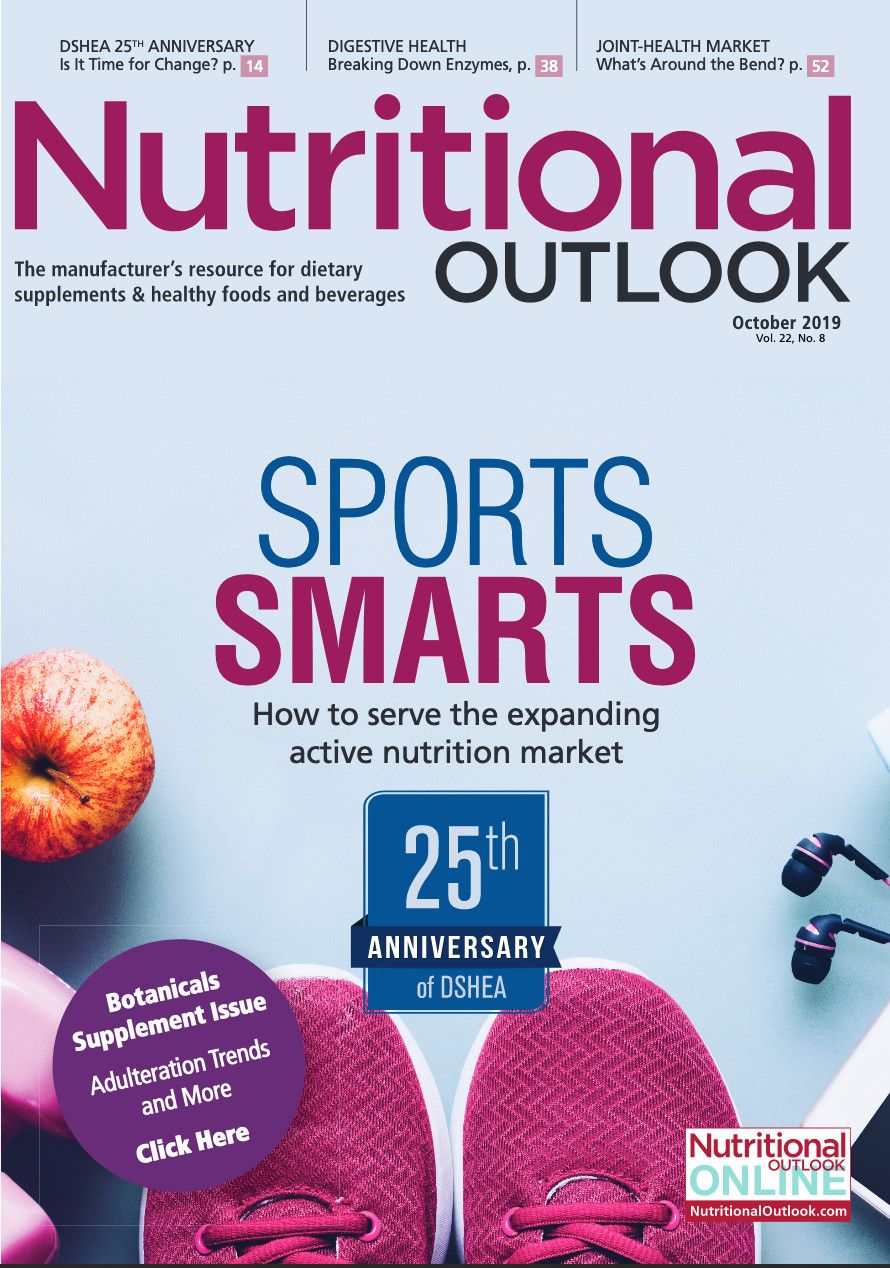

.png&w=3840&q=75)

.png&w=3840&q=75)



.png&w=3840&q=75)



.png&w=3840&q=75)













